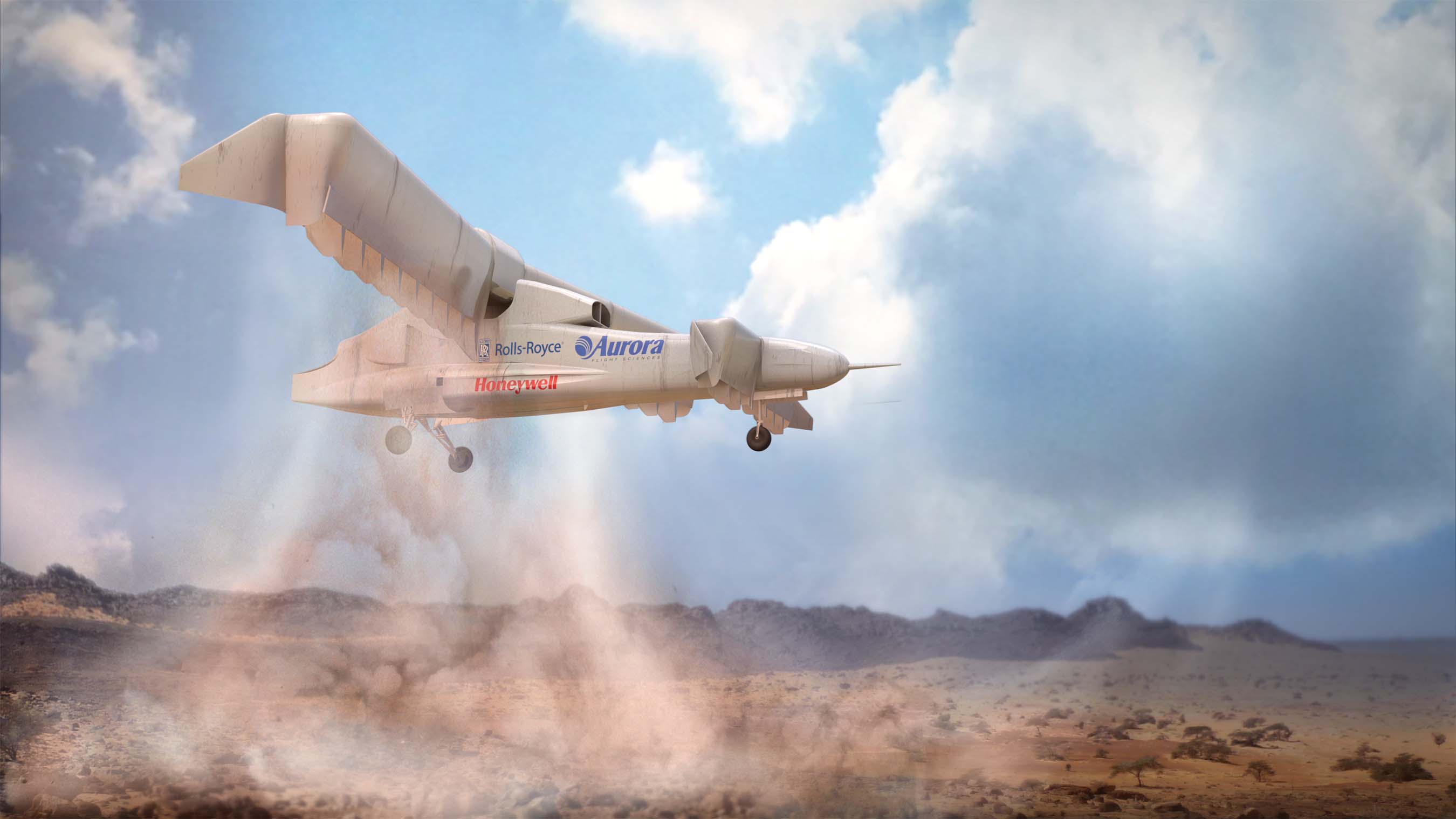In March 2013, the U.S. Department of Defense’s Defense Advanced Research Projects Agency (DARPA) launched its Vertical Takeoff and Landing Experimental Plane (VTOL X-Plane) program. The program aims to develop innovative technologies to create a hybrid aircraft that will combine the speed of fixed-wing planes and the agility of rotary-wing aircraft.
The helicopter’s high degrees of maneuverability and hover capabilities are undeniably important performance features in today’s domestic and international security environment. While able to hover for hours depending on fuel levels, conventional helicopters are limited by the rotors aerodynamics to a top speed of 175 knots (200 mph), making them vulnerable to hostile fire. On the other hand, fixed-wing planes can reach much faster speeds, but are unable to hover with a great degree of efficiency. To date, designers have been unable to merge the aerodynamics required for hover capabilities and the propulsion necessary to achieve greater speeds ‘without unacceptable compromises in range, efficiency, useful payload or simplicity of design’. Even the V-22 Osprey, which can reach up to 275 knots during forward flight, is able to do so because of reduced hover efficiency.
During Phase One of DARPA’s program, Boeing, Sikorsky-Lockheed Martin, Aurora Flight Sciences, and Karem Aircraft submitted their design concepts for a VTOL X-Plane (VXP). Earlier this month, Aurora was awarded the $89.4 million contract for the second and third phases of the program, which includes building a flying prototype by 2018. Aurora’s VXP, the LightningStrike, is expected to meet DARPA’s enhanced performance standards: increase top sustained flight speed of 300 kt-400 kt; raise hover efficiency from 60% to at least 75%; double the current cruise lift-to-drag ratio from 5-6 to 10; and maintain the ability to perform useful work by carrying a load of at least 40 percent of the vehicle’s projected gross weight of 10,000-12,000 pounds.
LightningStrike features a tilting main wing made up of 18 ducted rotors, resembling fans, and another six embedded in the canard. While currently imagined as unmanned, a cabin can be added to hold up to 6 crewmembers. To ensure faster forward-flight speeds, LightningStrike features a distributed electric propulsion system. A single Rolls-Royce T406 turboshaft engine, the same as on the V-22 Osprey, will produce approximately three megawatts of electricity, or 4,023 horsepower. The electric power is distributed between the 24 titled rotors, giving them their thrust.
While Dr. John S. Langford, President and CEO of Aurora Flight Sciences, admits that LightningStrike is ‘a strange-looking airplane’, he also believes that the aircraft’s distributed electric propulsion will finally provide the technology necessary to merge propulsion for speed and the aerodynamics required for substantial hover capabilities. According to Langford, ‘[the tilted fans] configuration allows you to operate each piece of that wing at its maximum performance condition throughout the hover and the transition and the forward flight regime’. In other words, the main wing and canard ducted fans can be isolated and their thrust modified to adapt to takeoff, hover, forward-flight and landing conditions. This approach solves the issue of friction between conventional helicopters rotors and air which limits forward-flight speeds.
For DARPA, the objective of the program is not the mass production of the VXP. Rather, the agency aims to fund innovative projects that push the boundaries of technology so that the US military can maintain its technological edge. According to Ashish Bagai, DARPA program manager, Aurora’s approach to the VXP has ‘the potential to move the technology needle the farthest and provide some of the greatest spinoff opportunities for other vertical flight and aviation products’. Bagai adds that ‘we want to open up whole new design and mission spaces freed from prior constraints, and enable new VTOL aircraft systems and subsystems’.
The oddball design behind Aurora’s VXP would not feel out of place on the pages of a Marvel comic, but it has the potential for real-world applications. While LightningStrike will not go into production in the coming years, DARPA may recommend the technology behind the tilted-fans configuration and distributed electric propulsion to the military for further consideration.
Photo courtesy of Aurora Flight Sciences.




